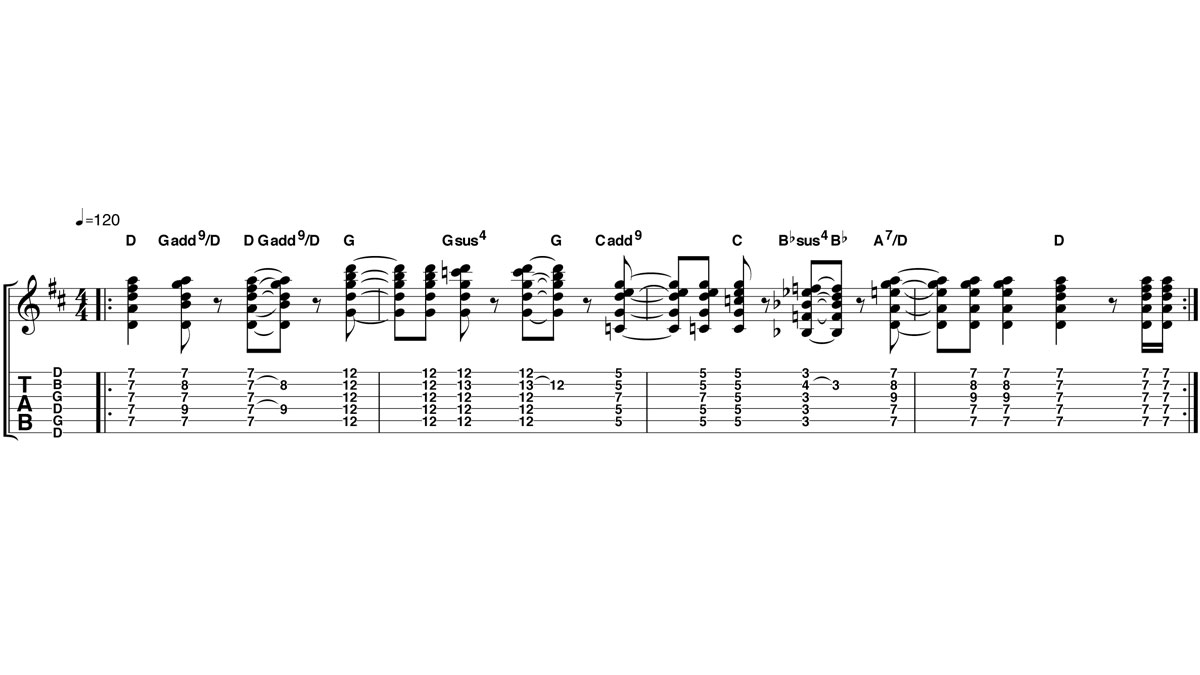Keith Richards-style open G tuning lesson
Learn those rhythm and lead licks
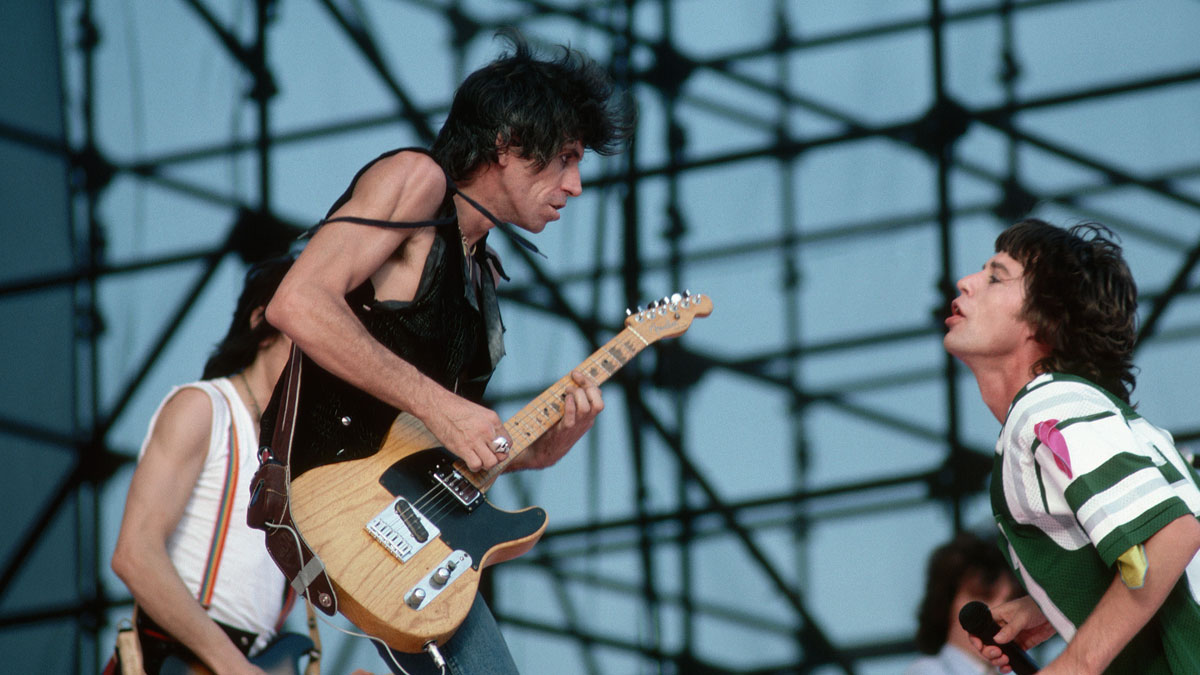
Introduction
Keith Richards is one of the best-known exponents of open G tuning, which he discovered in 1968 after experimenting with different open tunings and jamming with the likes of blues legend Ry Cooder.
The best examples can be heard in tracks such as Honky Tonk Women, Brown Sugar, Can’t You Hear Me Knockin’, Beast Of Burden, Gimme Shelter and Start Me Up.
Although similar-sounding chords can be played in standard tuning, it’s the closer intervals between some strings that create the unique ‘close harmony’ that is immediately identifiable as Keith’s sound.
With the use of slides, hammer-ons and pull-offs he has developed a fluid rhythm style that includes lead elements from one his major influences, Chuck Berry.
With country and rock ’n’ roll-inspired doublestops, he never really goes into traditional ‘lead’ guitar playing, but instead improvises licks in and around his main ‘go to’ chord shapes.
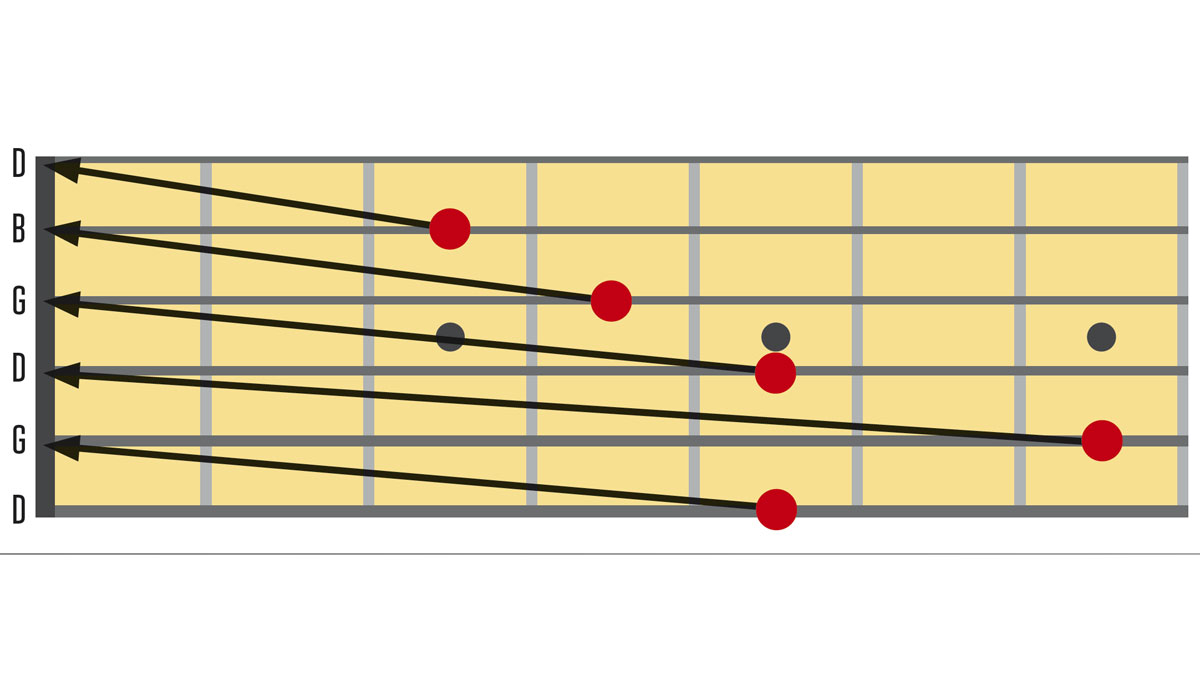
Open G tuning
Although Keith dispensed with his sixth string entirely, for the sake of convenience we’re keeping all six, tuned low to high: DGDGBD.
It’s therefore only the first, fifth and sixth strings that are detuned – each by a tone. This special tuning allows for several easy first and third finger chord shapes that are really characteristic of Keith’s playing.
Once you’re tuned up check you’ve got the notes right by putting a finger where you see a red dot; the arrow points to an open string of the same note.
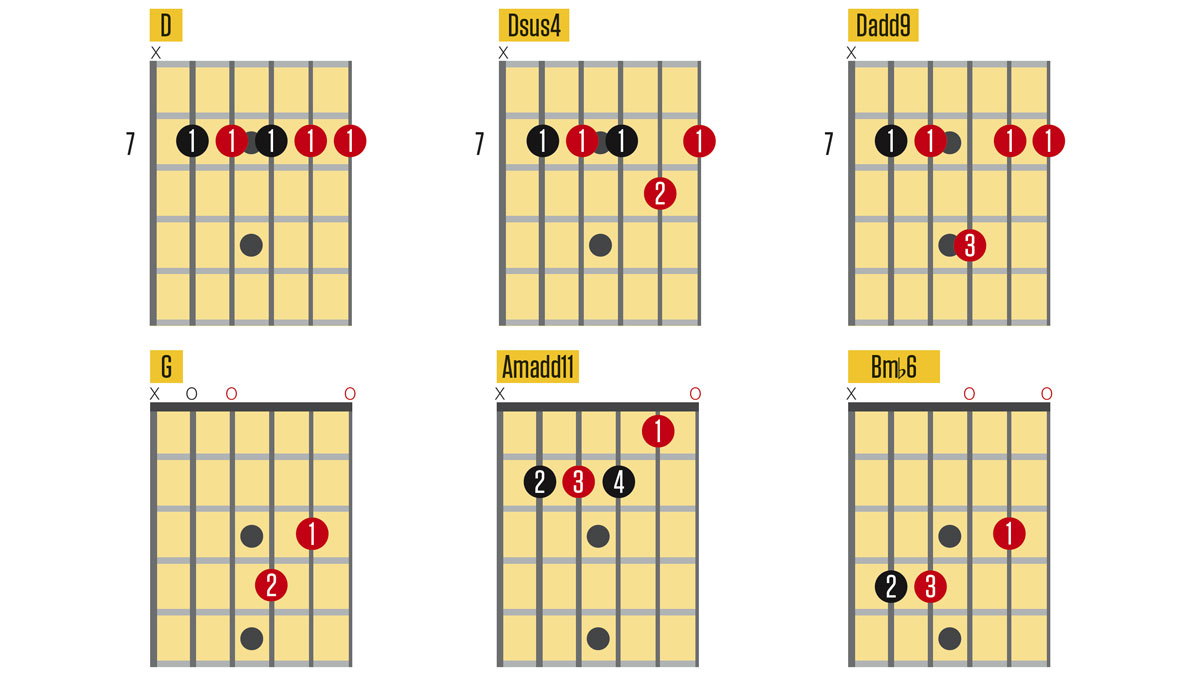
Chords
Three of our six Keith-inspired chords feature a first finger barre played across five strings.
It’s a vital part of his chord playing as you can see from the one- and two-finger variations we’ve added to the basic barre. We’ve also included one or two of the great man’s signature open chords and these include shapes that aren’t confined to the 1st and 2nd frets.
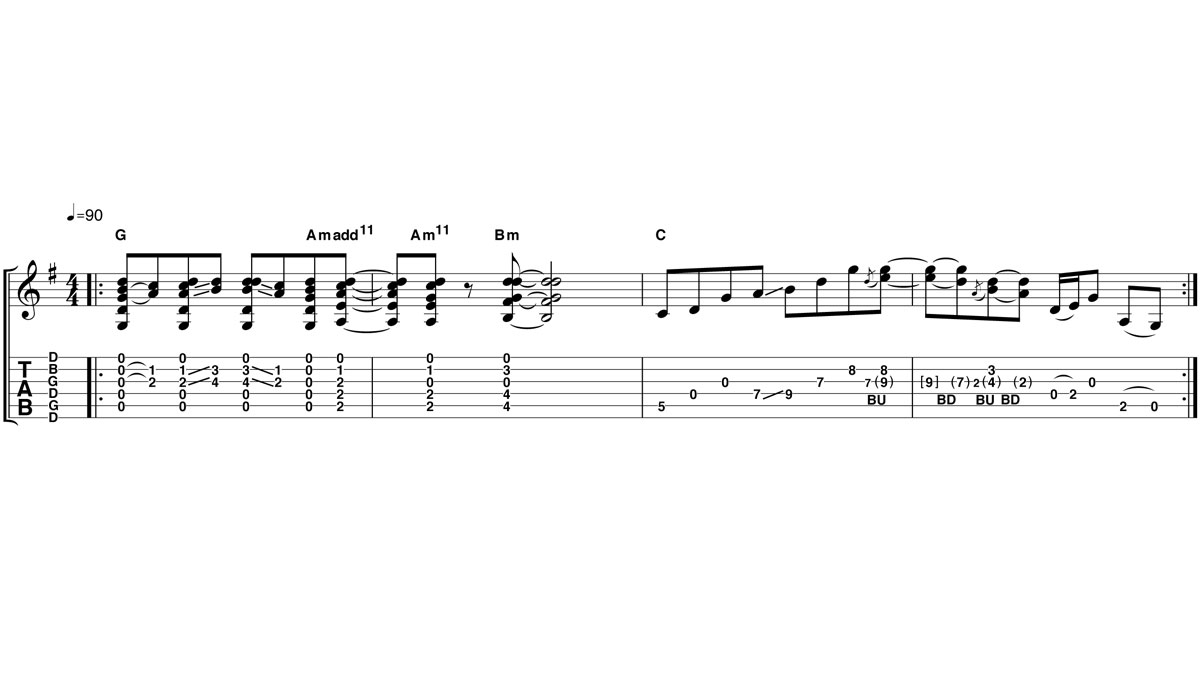
Combined rhythm and lead
This rhythm/lead example shows more of Keith’s country influences with the slides, hammer-ons and doublestop chords based around the G major pentatonic scale (G A B D E).
Because of the altered tuning, you might like to familiarise yourself by finding the notes from the scale starting with the open G string.
